|
How Business Began on Central Avenue
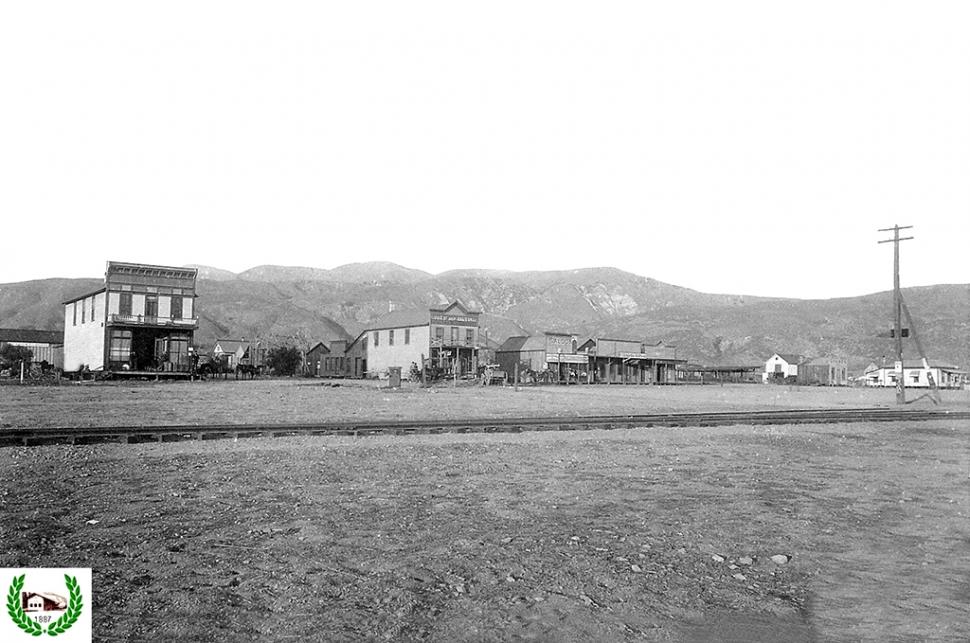 Fillmore Stores on Main Street, 1890. By Gazette Staff Writers — Wednesday, August 25th, 2021
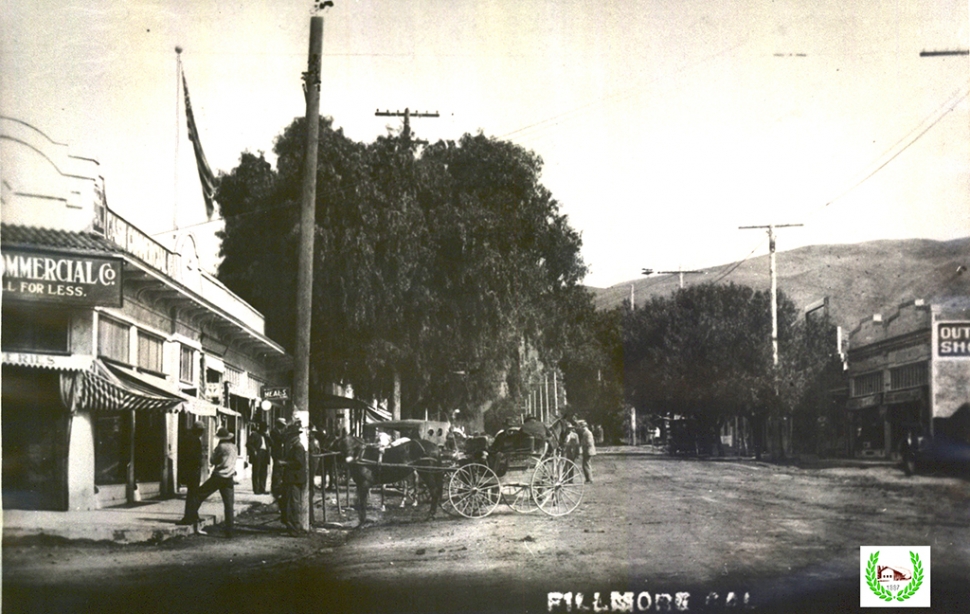 Stephens Store on Central Avenue, 1914. 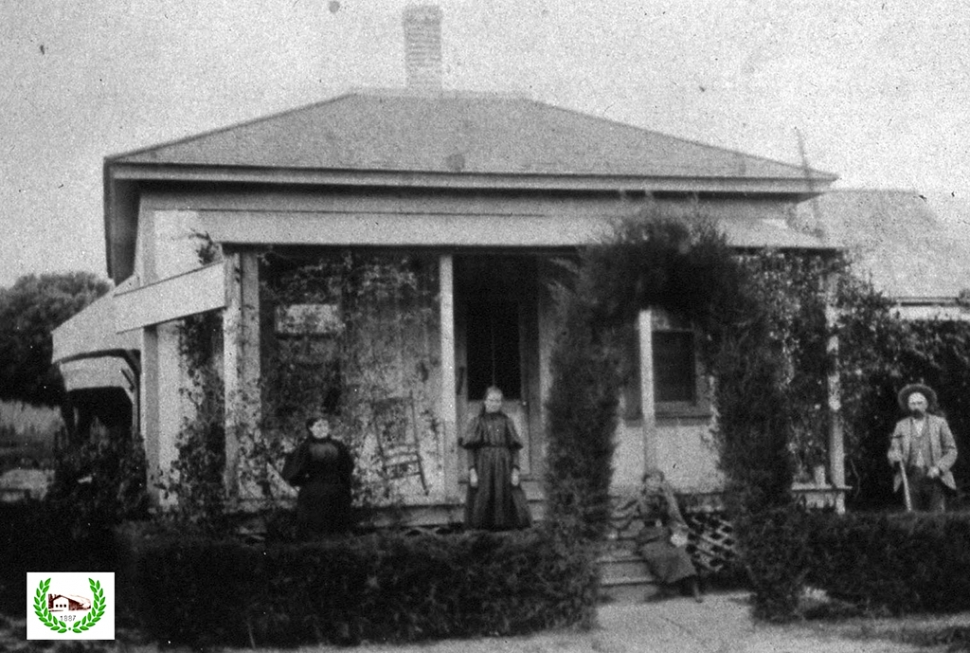 Turners Cottage Hotel, the 1st hotel in town, 1887. 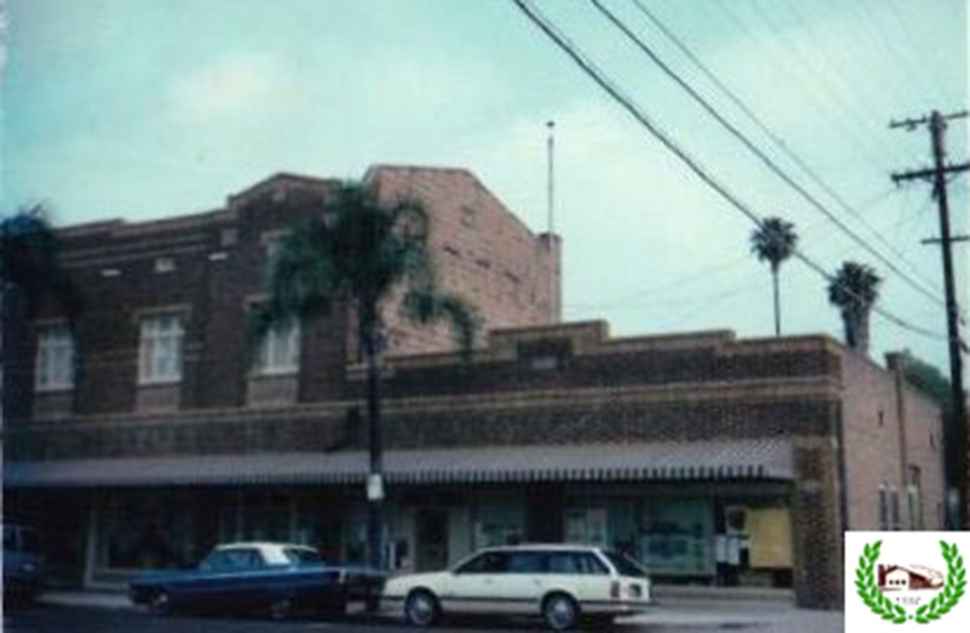 Former Post Office location in the Masonic Building, circa 1955. 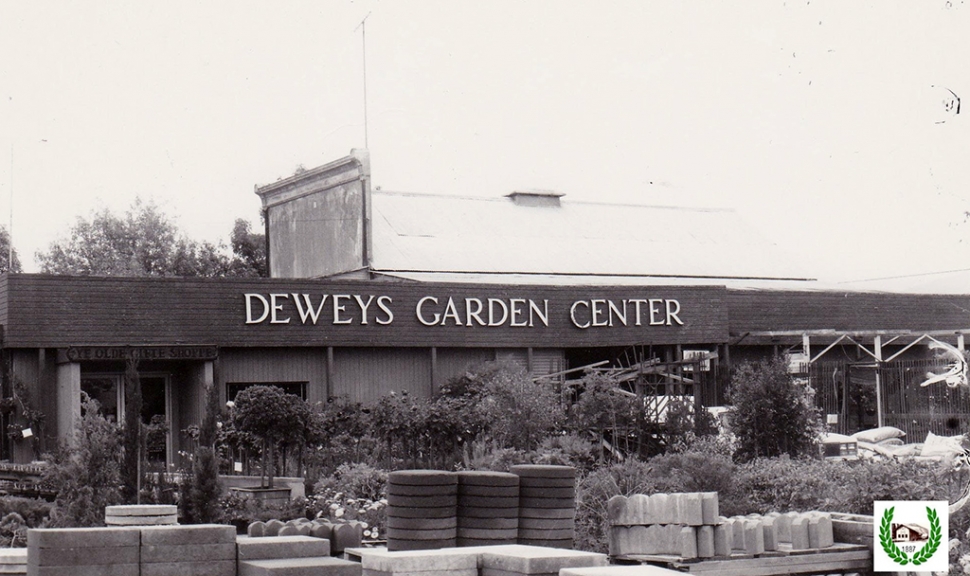 Deweys Garden Center with the old Elkins building in back, 1979.  McCampbell Insurance Barbershop, circa 1910. 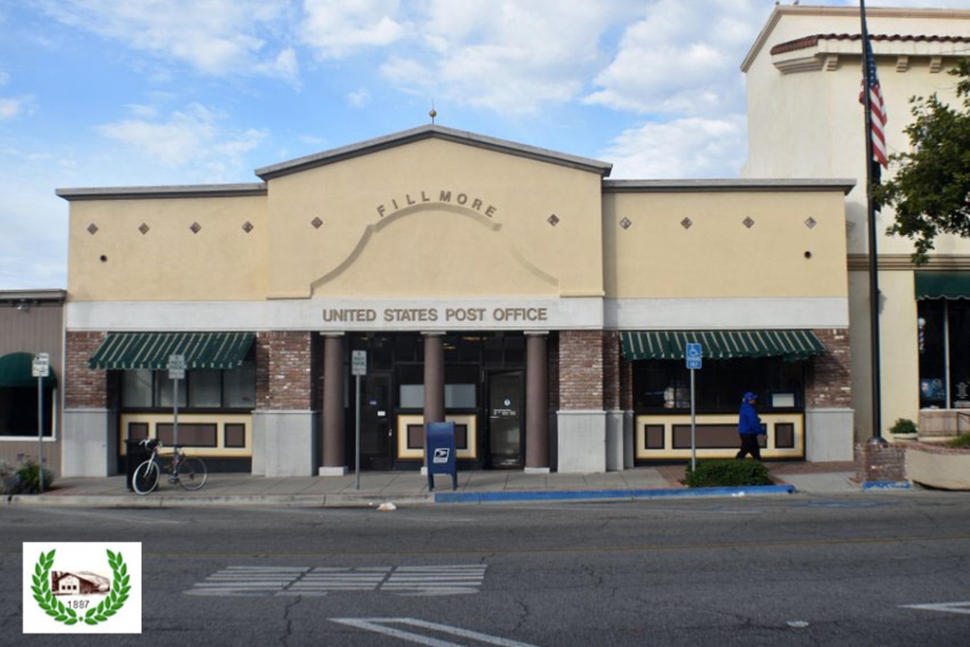 Post Office building built in 1951. Central Ave is the local business district today. It was not always so. In the earliest days businesses were located on Main St. in close proximity to the Southern Pacific Depot. C.C. Elkins described these as Turner’s boarding house which included a livery stable, an old house once belonging to Tom More which was occupied by the manager of Sespe Land and Water Co., a saloon and two other buildings he described as shanties. Sespe Land and Water Co. offered Elkins two lots in Fillmore if he would build and operate a store. He immediately set about the task and built a new building on the northeast corner of Main St. for a general merchandise store with apartment upstairs. This building was finished and in use in 1888. It remained in that location for 29 years as a local landmark. When a new bank building was to be built at that location it was moved east on Main St. near Fillmore St. to serve as a warehouse for several businesses. Eventually a new addition was built in front and it became part of Dewey’s Garden Center. In 1989, after 101 years of use, it was destroyed in a fire. Fire has always been a worry for Fillmore. On November 8, 1903, a fire which had started with an east windy day and a knocked over kerosene lamp in the saloon burned through and destroyed the Main Street businesses. It also badly damaged the second floor apartment of Elkins’ store. The burned out second story was removed and the building modified to be one story. Local businessmen decided not to rebuild on Main St. and began construction on what would be the Central Ave business district. Each decade in the life of the city brought major changes. By the late 1890s there had been plantings of pepper trees on both sides of Central and a number of businesses operating out of tents or a combination of tent and wood buildings. Among these was McCampbell Insurance, a Barber Shop with a residence behind it and a Photo Shop in a tent. These were on the east side of the street somewhere close to where the theater is now. One of the earliest permanent buildings on Main St. was Richard Stephens’ general merchandise store built in 1911. It supplanted a wood structure which was built in the 1890s and served as a general merchandise store for Richard Stephens and then Cash Commercial Co. Over time this building has had many owners but has always remained a grocery store. In the mid-1930s it was an early Safeway and today, La Estrella. Hotels were an important early business as passenger service on the railroad increased. One early hotel on Central Ave. belonged to Owen Miller. Miller was also a local constable with a side business as the local bootlegger. His hotel was located on the west side of Central at about today’s location of the Post Office. As with many businesses, Post Offices moved frequently in the early days. The first postmaster was Royce Surdam who developed Bardsdale. When the mail arrived on the train he would pick up the letters, put them in his pocket and deliver to the recipients. (There wasn’t much mail because there weren’t many people here in the late 1880s.) The post office soon moved to Turner’s Rooming house. For a period of time it was in the depot, then C.C. Elkins store and then Stephens’ Store. You can see the flagpole above the Post Office entrance in early photos of the store. When the Masonic Temple building was built in 1919, the post office moved to the easterly corner of the building along the alley between Central and Fillmore Streets. In the 1950s, local jeweler, Duard Goble, built a new building on the west central side of Central Ave. across from the theater. For many years he had a jewelry and watch repair store in the area of the building where the post office counter is located today. Eventually the post office added that space to its facility. As of today we at the museum have identified over 900 businesses which have existed since the founding of Fillmore in 1888. Over time we will tell more of their stories. |
